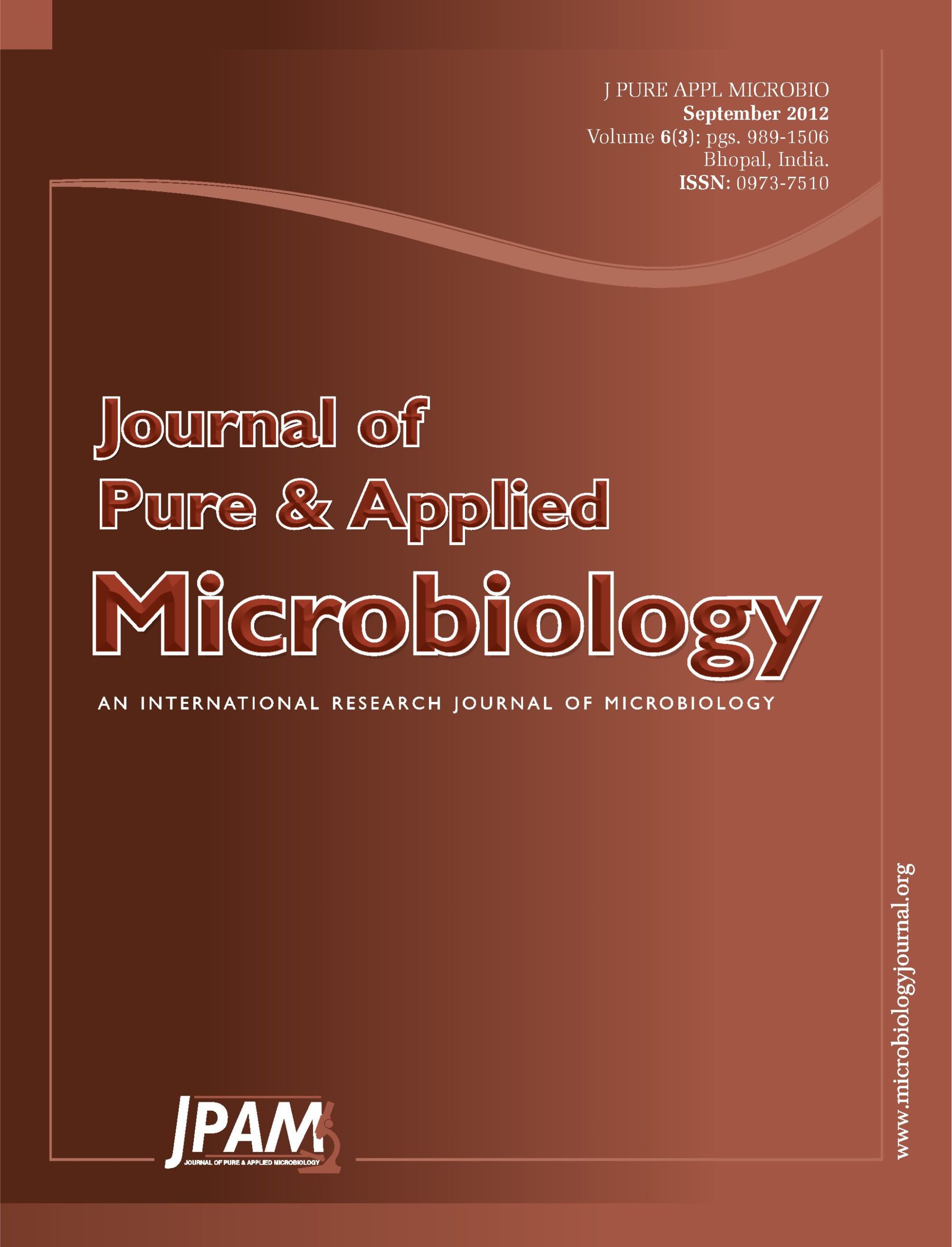The percentage infection in the roots of different species with the arbuscular mycorrhizal fungi varied widely and independently, irrespective of plant species. The overall highest infection was recorded in Petunia hybrida and Gaillardia pulchella (97%), which was followed by Calendula officinalis (90%), Cynodon dactylon and Ocimum sanctum (87%), Convolvulus arvensis (70%), Phoenix dactylifera (53%), Tagetes patula (43%) and the lowest infection was found in Sesuvium portulacastrum (33%). The maximum vesicles were found in P. hybrida (97%), which was followed by G. pulchella (80%), C. officinalis (67%), O. sanctum (60%) and the minimum was in P. dactylifera (7%). In case of total infection with arbuscules, again the highest percentage of infection was recorded with P. hybrida (73%) and arbuscules were not found with C. arvensis, S. portulacastrum. The second and third highest percentage infection of arbuscule was recorded with C. officinalis (63%) and O. sanctum (57%). The intensity of infection also varied widely and independently in each individual plant species and it was not always comparable to the percentage infection with different structure of the AMF. Spore population also varied irrespective of plant species. Highest number was recorded from the rhizosphere soils of P. hybrida and the lowest number was found with S. portulacastrum. So far, this is the first report of extensive study on structural colonization and spore population study of AM fungi from a large number of plant species from Riyadh, Saudi Arabia.
Arbuscular mycorrhizal fungi, structural colonization, spore population, Saudi Arabia
© The Author(s) 2012. Open Access. This article is distributed under the terms of the Creative Commons Attribution 4.0 International License which permits unrestricted use, sharing, distribution, and reproduction in any medium, provided you give appropriate credit to the original author(s) and the source, provide a link to the Creative Commons license, and indicate if changes were made.


